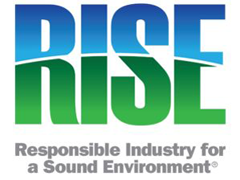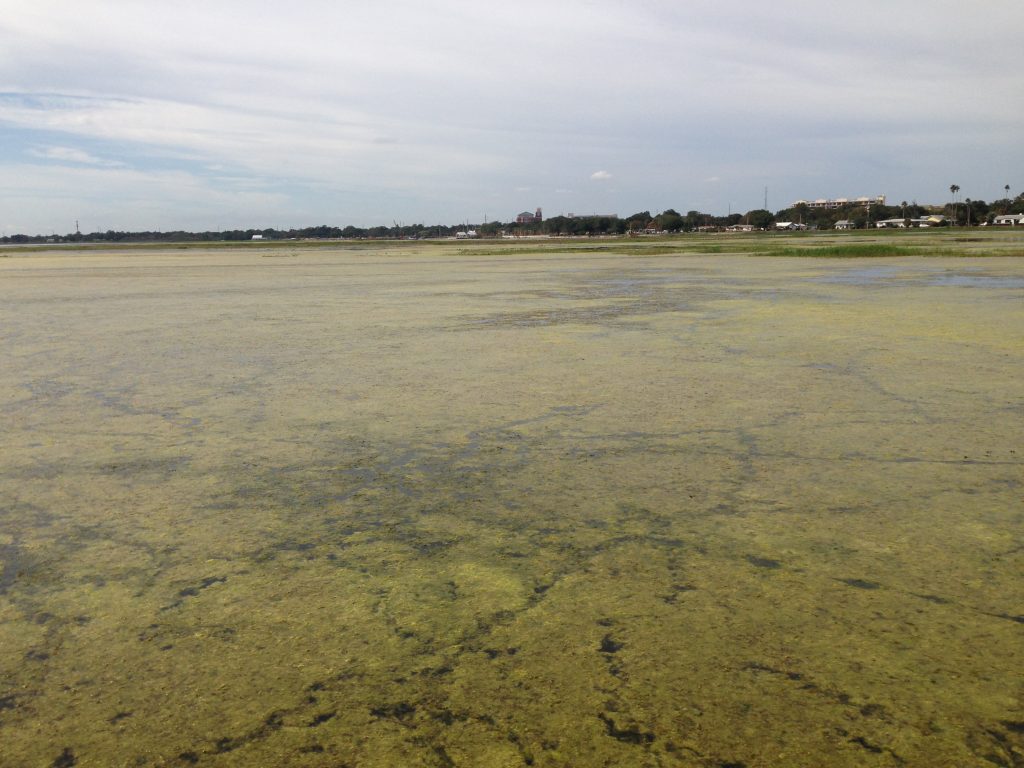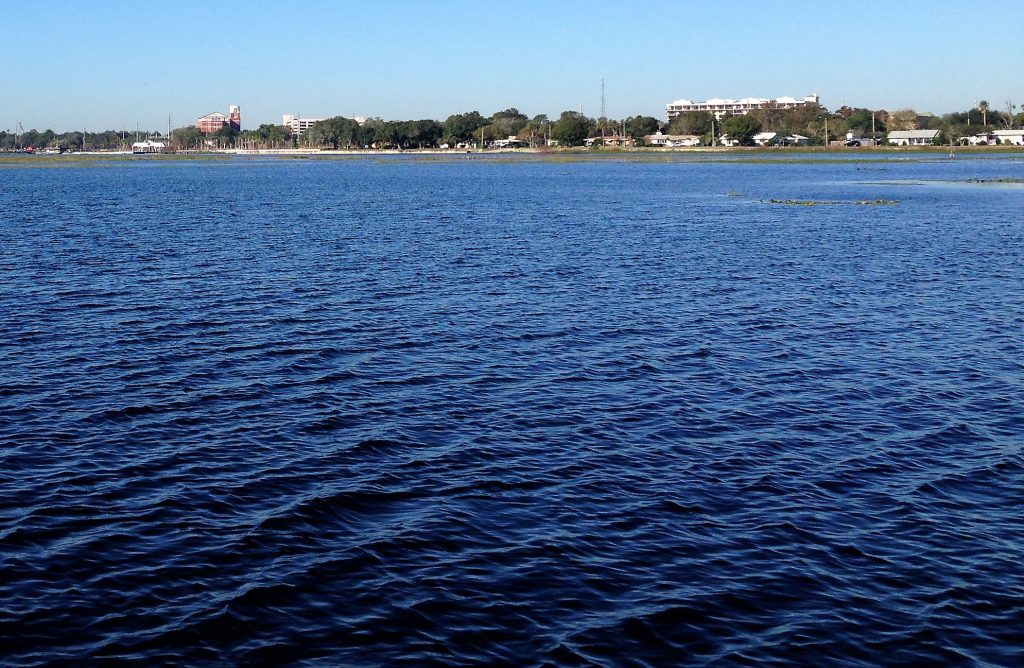(Washington, D.C., Feb. 24, 2020) – RISE (Responsible Industry for a Sound Environment) is participating in the national effort to raise awareness about the environmental damage caused by non-native species during National Invasive Species Awareness Week, recognized February 24-28, 2020. Invasive species are plants, animals, insects and even fungus or bacteria that are not native to the local ecosystem and can cause harm to that ecosystem. Bodies of water are particularly susceptible to the spread of non-native plants, making it important to raise awareness about aquatic invasive species.
“Our wetlands, waterways and natural habitats are lifelines for how we live, work and play. It’s important that we continue to have a thriving rivers, lakes, and beaches to enjoy for many years to come,” shares Megan Provost, President of RISE. “Unfortunately, invasive plants and other species have spread in many of our wetlands and waterways and they can out-compete native species, burden the economy and threaten public health. Addressing this challenge requires an integrated approach.”
The negative impact of invasive species on wildlife and public health can yield high costs, including:
- Preventing oxygen from reaching fish and other wildlife.
- Completely blocking waterways and attaching to boat motors.
- Entangling swimmers, pets, paddlers and boaters.
- Damaging critical habitat for rare, threatened and endangered species.
- Creating areas that welcome mosquito growth, which leads to an increased risk of mosquito-borne illnesses like West Nile Virus and the Zika virus.
Florida, with its subtropical climate, faces significant pressure from invasive species. Hydrilla is considered the worst invasive aquatic plant in the United States and, in Florida, state agencies have spent approximately $250 million to manage hydrilla over a 30-year period.[1] Water hyacinth and water lettuce are additional examples of the many aquatic invasive weeds threatening Florida waterways. Non-native invasive plants impact approximately 1.5 million acres in Florida (the equivalent of more than 1.14 million football fields).[2] Controlling these invasive plants, however, can have significant benefits – one estimate from 2007 concluded that regular invasive plant management on lakes in central Florida provided a net benefit valued at $60 million.[3]
It’s imperative that communities control aquatic invasive weeds to allow native vegetation the opportunity to grow and thrive and to support aquatic recreation, such as fishing and swimming. Methods to managing invasive species include:
- Adopt an integrated vegetation management (IVM) approach to effectively manage aquatic invasive species. IVM considers all control and prevention options – biological, cultural, mechanical, and chemical means – and follows a process to observe, identify, solve and prevent invasive plant problems.
- Learn more about what your community is doing to prevent invasive species and how to spot common invaders in your area.
- Maintain access to pesticide products approved by the U.S. Environmental Protection Agency that prevent invasive species from harming local, state and national ecosystems.
Provost adds, “National Invasive Species Awareness Week is an ideal time to remember that we can all play a part in preserving our local ecosystems and protecting against the spread of non-native species. Do your part to protect natural habitats by encouraging local leaders to adopt an IVM approach and by familiarizing yourself with common invasive species in your area.”
RISE is the national association leading the way in meaningful conversations about specialty pesticides and fertilizers. Learn more about invasive species and how to stop their spread on www.DebugtheMyths.com/Environment/Invasive-Species/.
[1] Madsen, John D. and Wersal, R.M. J. Aquat. Plant Manage. 55: 1–12. “A review of aquatic plant monitoring and assessment methods”. 2017. http://www.apms.org/wp/wp-content/uploads/japm-55-01-1.pdf
[2] Florida Fish and Wildlife Conservation Commission. Invasive Plant Management. https://myfwc.com/wildlifehabitats/habitat/invasive-plants/
[3] Adams, D. C. and D. L. Lee. 2007. Estimating the value of invasive aquatic plant control: A bioeconomic analysis of 13 public lakes in Florida. J Agr App Econ 39:97–109.
xxx
About RISE
RISE (Responsible Industry for a Sound Environment)® is the national trade association representing manufacturers, formulators, distributors and other industry leaders in the specialty pesticide and fertilizer industry. Visit the RISE website at www.pestfacts.org for more information. Follow RISE on LinkedIn at www.linkedin.com/RISEPestFacts or on Twitter at @PestFacts.
For media inquiries, please contact:
Whitney Gray, Communications Manager
Phone: (202) 872-3845; Email: wgray@pestfacts.org


